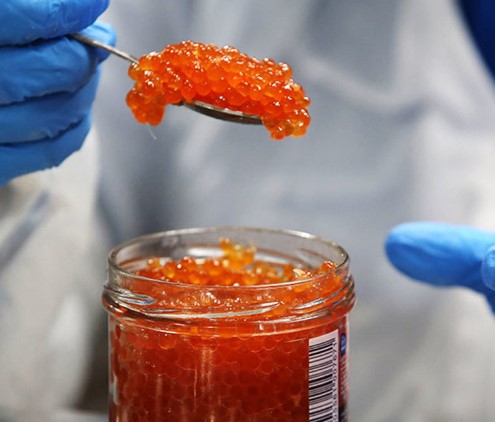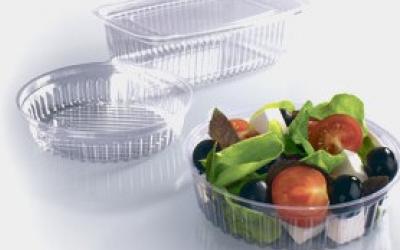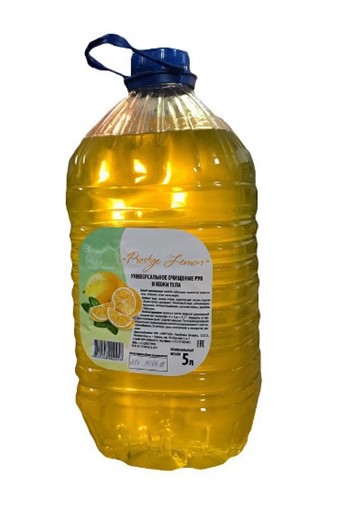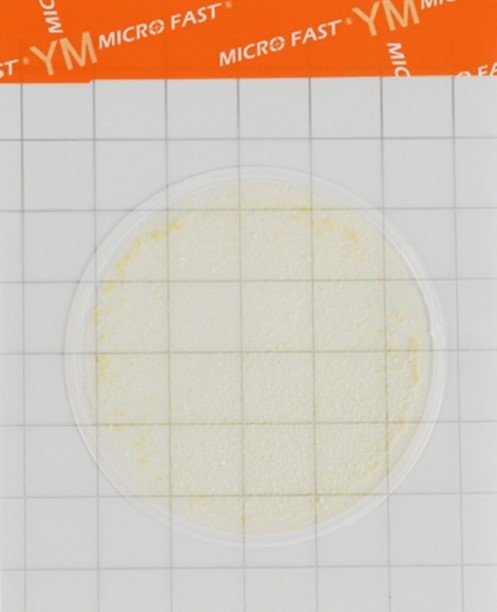Meat of creatures unknown to science was passed off as “exotic” in Sochi
“We have neither turtles nor octopuses - they are not found in the Black Sea region.”
it is after the scandal that they no longer live in the Sochi area. And just a week ago, dishonest sellers were telling naive tourists tales about how the Black Sea was supposedly teeming with exotic inhabitants. You could even buy turtle MEAT at the market . But DNA analysis showed that just recently it was cackling in a nearby chicken coop.
“I was amazed by the turtle, which turned out to be a chicken. Overall, nothing surprising. Because a turtle is a very expensive product, and it is unlikely that it was just sold by weight for 300 rubles on the Adler market,” said Valeria Sushnina, chief specialist of the molecular genetics department of the All-Russian Research Institute of Fisheries and Oceanography.
To determine exactly what is actually sold under the guise of seafood, DNA was isolated in the laboratory from samples purchased in markets, shops and restaurants in the Krasnodar region and the result was compared with the worldwide database. So, the tentacles of a giant squid turned out to be an octopus.
If you cut the tentacles into pieces, then without analysis in a sequencer it is difficult to determine whether it is an octopus, a squid or a cuttlefish. Although they cost differently. Same problem with fish fillets. It looks the same on the counter, exceptpollock is clearly cheaper than cod.
According to the results of the analysis, the sockeye salmon pretended to be pink salmon, but at the same time remained at least a fish. And herecaviar from the supermarket only passed itself off as caviar.
“There were packages, jars of caviar, which was labeled as halibut caviar, pike caviar. In fact, in principle, even animal DNA was not found there and it was established that it was made from a gelling agent,” said Dmitry Krivosheev, HEAD of research and educational projects at the genetics company.
On that same jar, the first ingredient in the composition is pike caviar, and only towards the end is konjac gum. The shell of the fake caviar was made from this plant polysaccharide, which, at best, was poured with fish broth for flavor. Researchers also included the species of these snails in the culinary family of gelatinous ones. But in the market, in the spirit of NLP, they suggest: this rubber something is an incredibly useful product:
“Snail – Malaysia. This is fiber and zinc, for the heart. These are the things that the emphasis is on - look at me! - not the price. Beauty. Freshness".
Multi-colored spirals are sold as Malaysian tree snail. True, this species is unknown to biologists, because it does not exist in nature. It is much more dangerous for your HEALTH to buy fish that has been stored incorrectly. On the shelves it is often only lightly sprinkled with ice. But exposed areas may already begin to rot. Pseudo-fresh is no less dangerousfish from the aquarium.
“Her fin is already completely full of holes, scales have peeled off her body. Most likely she has some kind of parasites. I think no one will buy it, perhaps they will cut it up and fillet it, when it will be unclear what it looked like before,” said nutritionist Yulia Verkhovskaya.
Even an expensive seafood restaurant can deceive customers. The chef conducts an experiment: on the right is a filling for bruschetta made from real Kamchatka crab. On the left is a cheap crab stick made from minced fish and cornstarch.
“They will taste virtually no different. But their costs are very, very different,” said chef Sergei Sinitsyn.
Thus, an economy equivalent or even an outright illiquid product can be passed off as a premium product. The method works, because only gourmets can distinguish the taste of dorado from sea bass.





























































